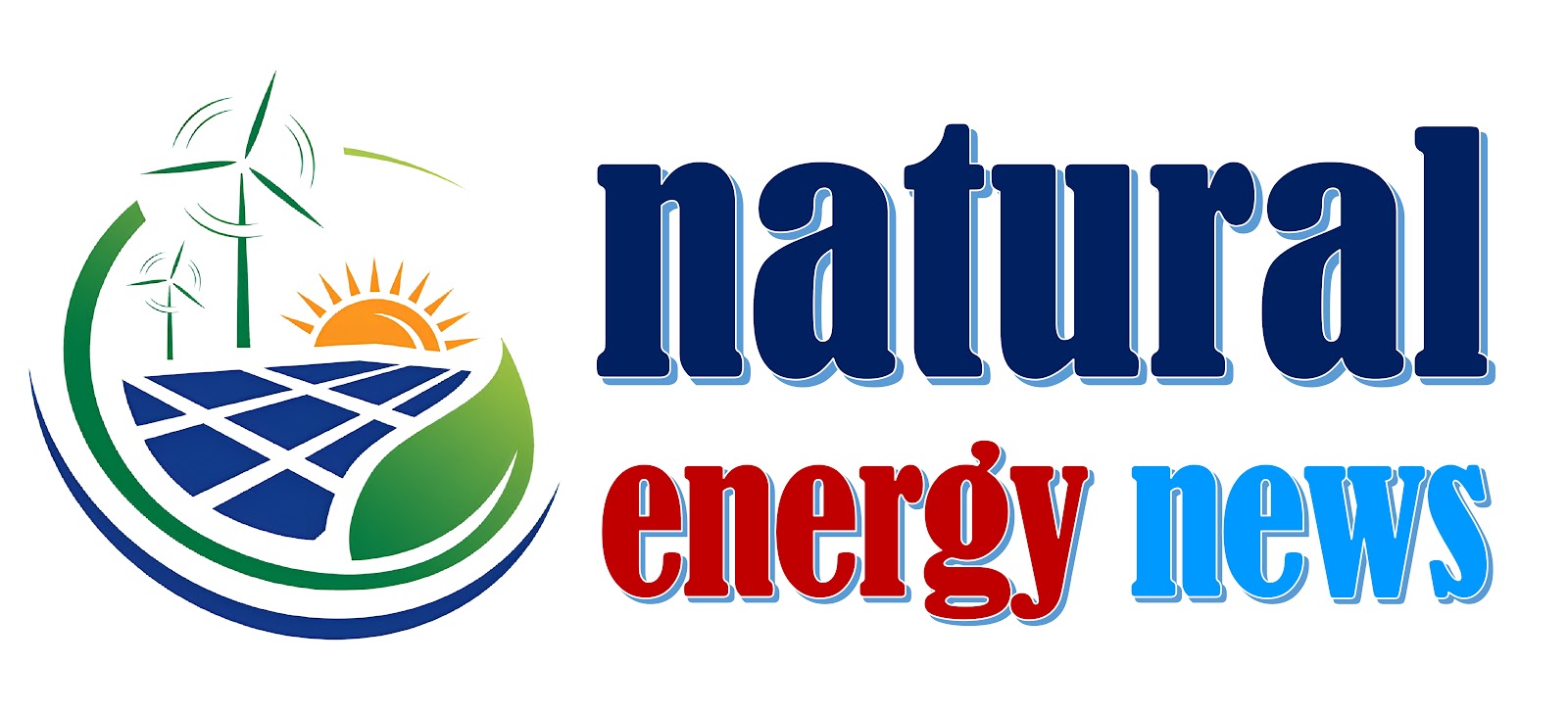The government has targeted to install 100GW of solar power by 2022 under the National Solar Mission.
SECI, the nodal agency of the Ministry of Renewable Energy, issued a 1,200 MW hybrid tender in January, for which, according to data from renewable energy advisory firm Bridge, there have been five amendments and 15 extensions for the bid submission date…
Bengaluru (Natural Energy News): A wind-solar hybrid tender issued by the Solar Energy Corporation of India has met with great enthusiasm for industry experts.
Related Article: Modi's 175 GW green energy target for 2022 seems a distant dream; Can act as a barrier here
SECI, the nodal agency of the Ministry of Renewable Energy, issued a 1,200 MW hybrid tender in January, for which, according to data from renewable energy advisory firm Bridge to India (BTI), gave five amendments and 15 extensions for the bid submission date went.
It was submitted earlier this week and received bids of more than 3,000 MW, which people said.
The three hybrid tenders issued by SECI in the past were not heavily outlined.
Experts said the developers have accepted the fact that SECI will only issue hybrid tenders for the most part.
"It is interesting to see such positive feedback, especially to developers with prior experience of wind or hybrid power," said BTI managing director Vinay Rustagi. "Innovators we're urged to go through this way as vanilla solar tenders have become both reasonably unique and incredibly competitive."
The Ministry of New and Renewable Energy is slowly moving away from conducting auctions for plain solar and wind projects.
Related Article: Andhra Pradesh issues tender for 6.4 GW of solar power projects for the farmers of the state
"Distribution corporations are requesting additional hybrid renewable power with limited intermittency," Rustagi said.
The developers have completed construction of their pipeline projects and are, therefore, more willing to bid for new projects, he said.
Participation for this tender has been enthusiastic despite the challenges. For example, bidders will have to match the lowest tariff otherwise they will be eliminated. “There is a decent tariff of 2.80 for this tender, but if someone goes and bids 2.50, everyone has to stay within 2.55 - or 2% L1. This is a tough call for many bidders, ”an industry insider said requesting anonymity.
The commission deadline has been reduced from 24 months to 18 months. "The government is aiming to boost the development as we are going against the 2022 deadline," Rustagi said. "If they did not set these strict deadlines, these projects would not come until 2022."
The government has targeted to install 100GW of solar power by 2022 under the National Solar Mission.







.JPG)


0 Comments